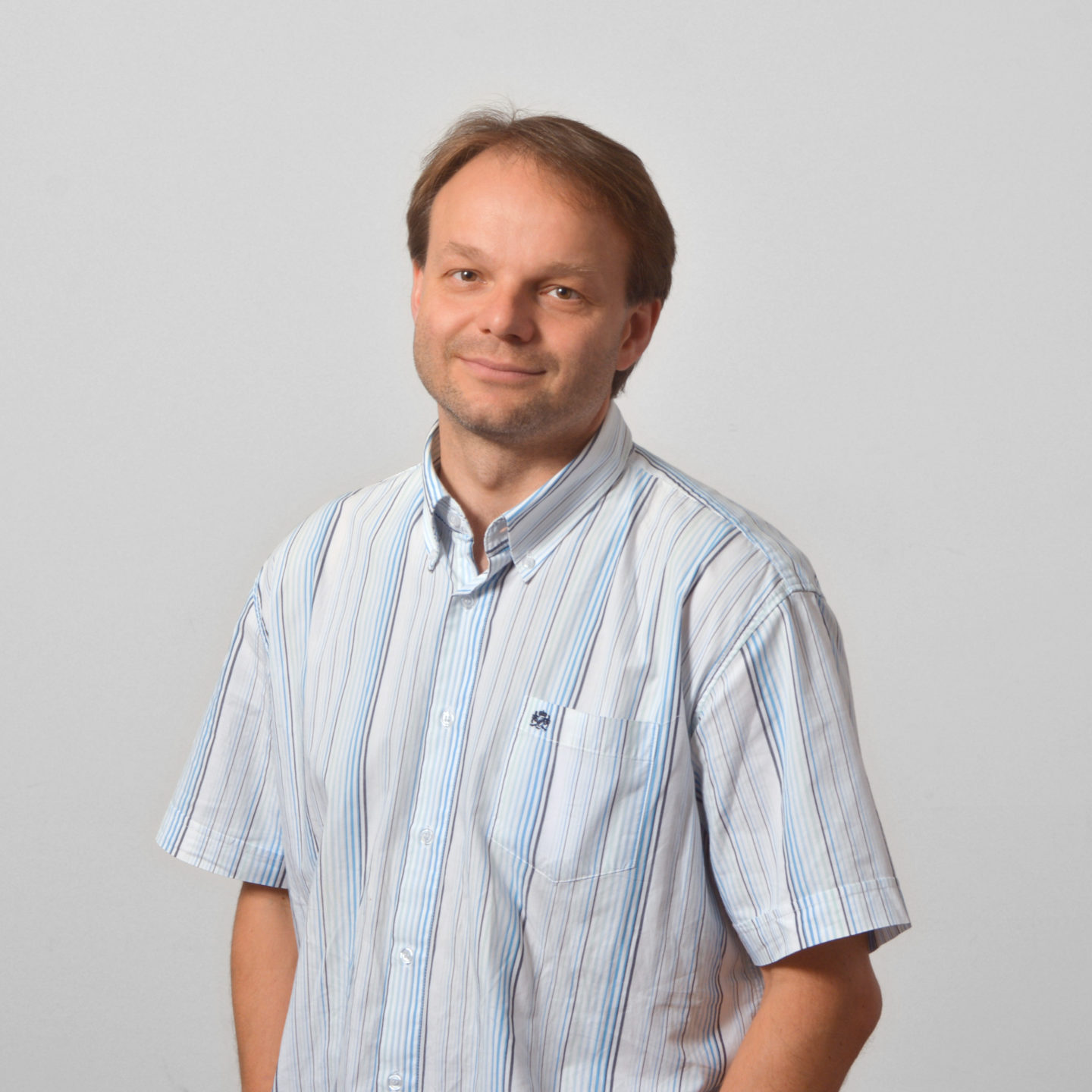November 27, 2013
Hormone helps with body plan
Two publications by Jiři Friml and co-workers.

Two publications by Jiři Friml and co-workers, published back-to-back in this week’s edition of Current Biology, shed light on fundamental problem of developmental biology: How basic body plan of plants is established? The axis of the embryo prefigures the ultimate body plan of the adult organism. The specification of embryonic axis in plants involves a polarized flow of the hormone auxin. In their papers, Friml and his team identify new roles for localized auxin production in their plant model Arabidopsis and provide a mechanistic framework of how auxin regulates axis specification.
In their first paper, “Local auxin sources orient the apical-basal axis in Arabidopsis embryos”, the researchers identify a crucial role for two localized auxin sources; at the base and at the apex of plant embryos, showing that localized production acts on polarity and axis formation. They also identify a feedback loop between auxin production and transport, which links the polarity of embryonic cells with the orientation of the body axis.
In their second paper, “Modeling framework for the establishment of the apical-basal embryonic axis in plants”, Friml and his colleagues present a model of plant embryogenesis that captures polarity and axis initiation. This framework relies on two precisely located auxin sources and the feedback loop between auxin production and transport they identified in the first paper. This model is minimal but sufficient for explaining how auxin can initiate and orient the plant embryonic body axis and thus determine the body plan of adult plants.



